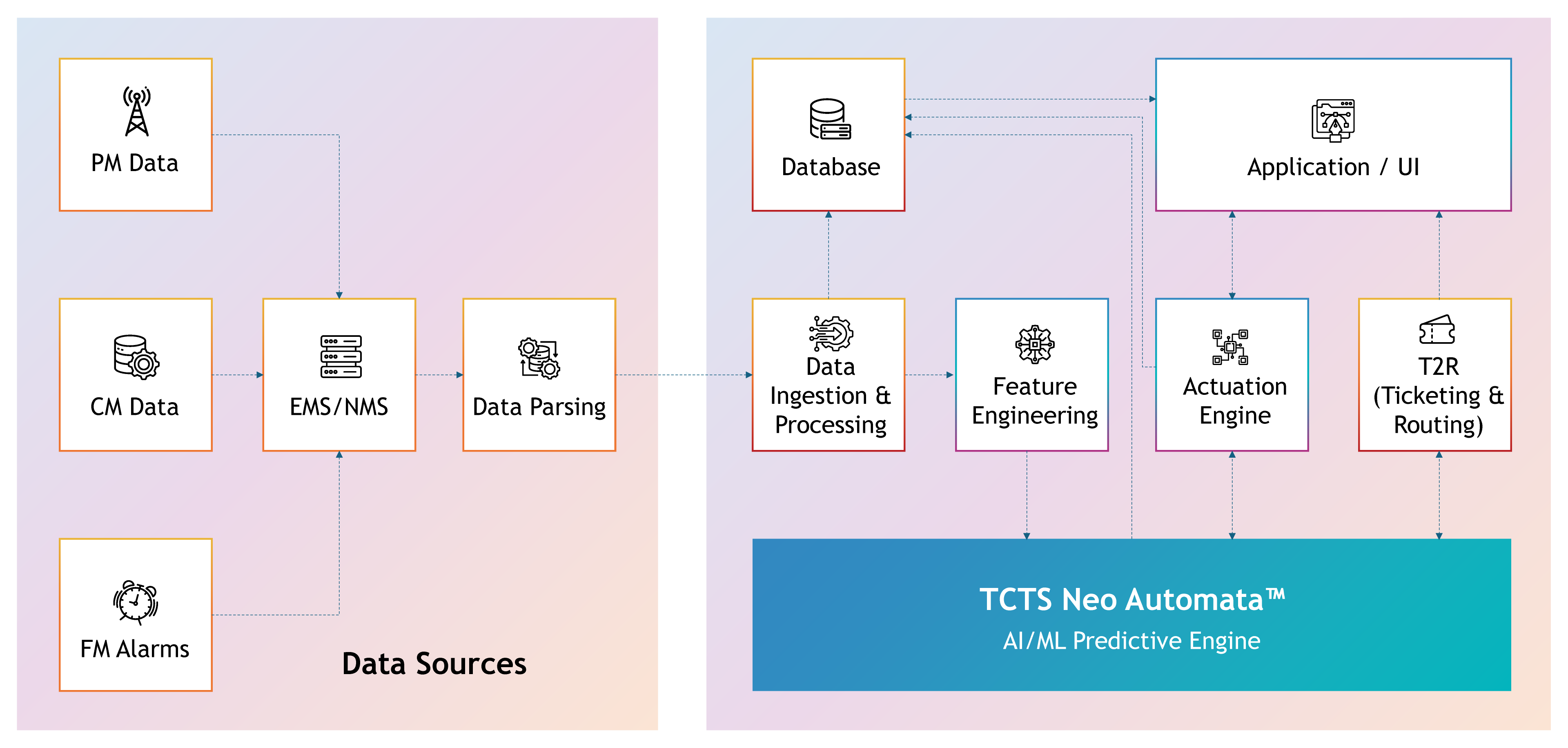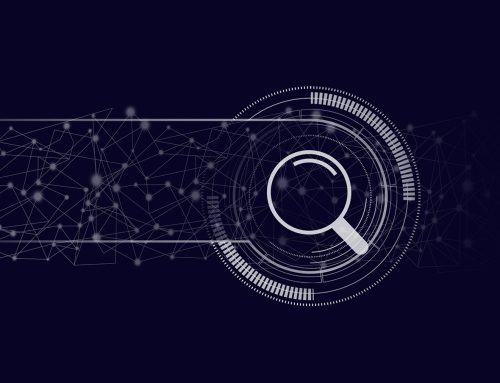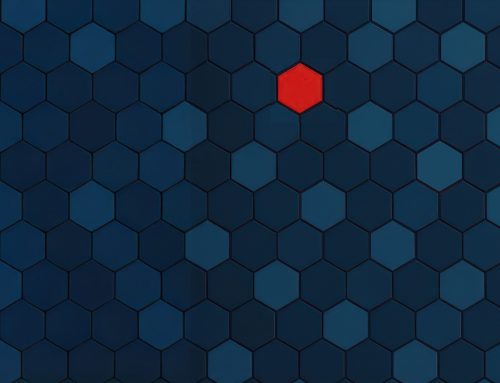Overview
As telecom networks scale in complexity, traditional performance management methods fall short. TCTS’ Worst Cell Finder leverages cutting-edge AI/ML algorithms to proactively detect and prioritize underperforming cells within the Radio Access Network (RAN). By analyzing KPIs related to accessibility, retainability, mobility, and quality, the solution enables operators to shift from reactive troubleshooting to proactive optimization.
Assessing the Challenges in RAN Performance Management
Modern RAN environments are vast and complex, with thousands of cells generating performance data daily. Traditional methods of identifying poor-performing cells (whether due to accessibility failures, call drops, handover inefficiencies, or degraded user quality) are manual, time-consuming, and often reactive. The key challenge is moving from symptom-based troubleshooting to root-cause resolution, while keeping OpEx in check and customer satisfaction high.
Leveraging AI/ML for Intelligent Cell Classification
TCTS’s Worst Cell Finder solution is designed to ingest OSS KPIs, alarms, and network counters to systematically identify and classify worst-performing cells across four critical performance domains:
- Accessibility: RRC setup failure rate, S1 setup failures
- Retainability: Call drop rate, ERAB drop rate
- Mobility: Handover success rate, ping-pong handovers, handover failures
- Quality: SINR, CQI, RSRP/RSRQ thresholds, throughput, latency
The solution’s core functional capabilities include:
- Automated ranking and prioritization of worst-performing cells using dynamic thresholds and trend analysis
- AI/ML-based root cause analysis for degraded cells automates the identification of underlying network performance issues by analyzing vast datasets.
- Enhanced visualization tools for rapid identification and impact assessment

Fig – TCTS Neo Automata™ for finding worst cells
(Leveraging historical performance metrics, the architecture enables automated detection of worst-performing cells, feeding insights into the Actuation Engine for network tuning)
Business Outcomes and Operational Gains
Deploying TCTS’ Worst Cell Finder promises substantial improvements in operational performance and customer satisfaction:
- 30–40% reduction in Mean-Time-to-Resolve (MTTR) for worst-cell issues
- 40–60% decrease in troubleshooting time, accelerating service restoration
- 60–80% reduction in manual effort, allowing teams to focus on strategic initiatives
- Optimized resource allocation, enabling targeted field operations
- Improved SLA compliance and user experience
For CSPs seeking to modernize their network operations and achieve measurable business outcomes, this solution represents a high-impact investment in intelligent performance management.





